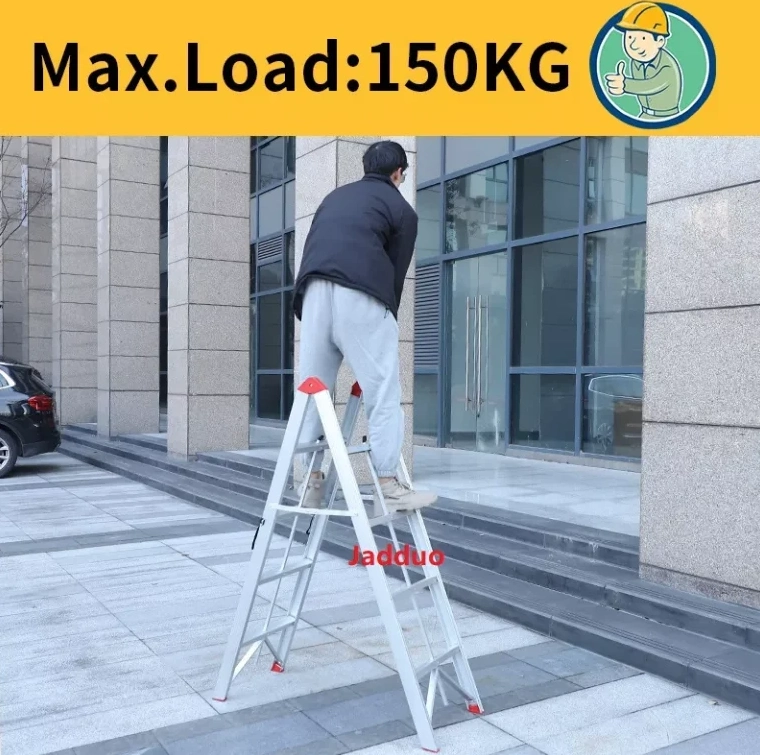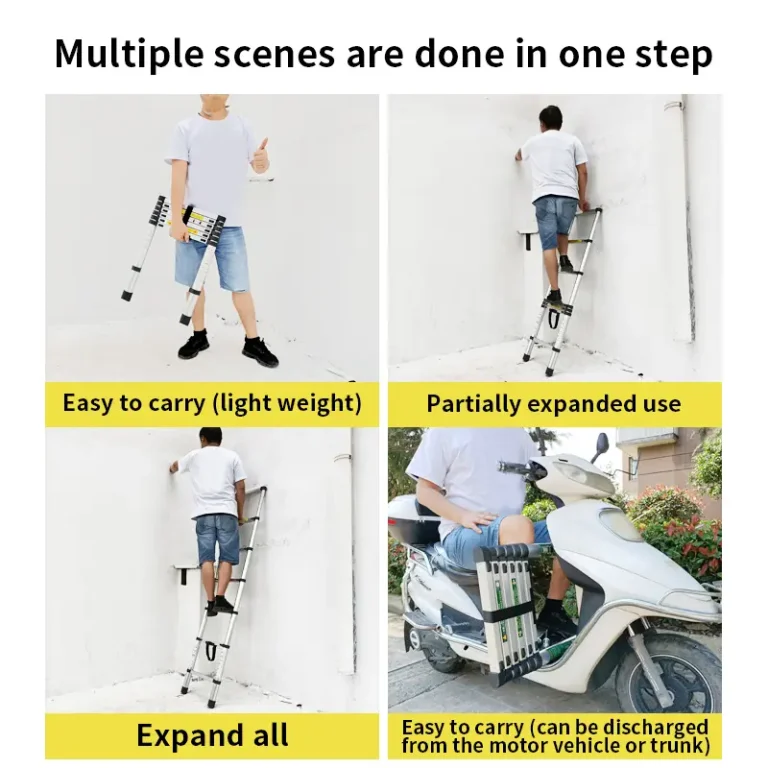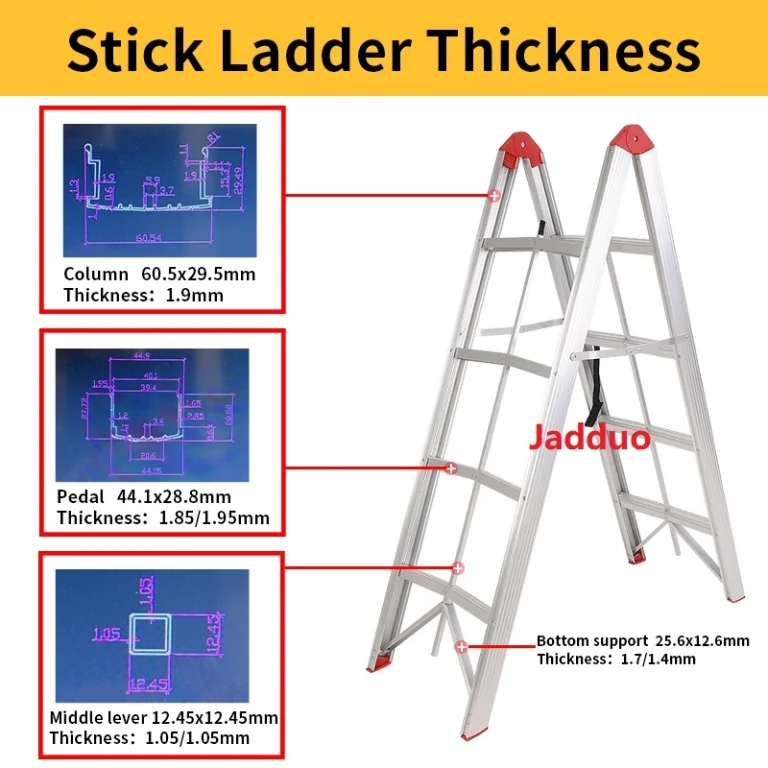Picking the right ladder is about more than just height. You need to think about material strength, weight limits, and smart design. Knowing these factors keeps you safe and makes work easier, whether at home or on a job site.
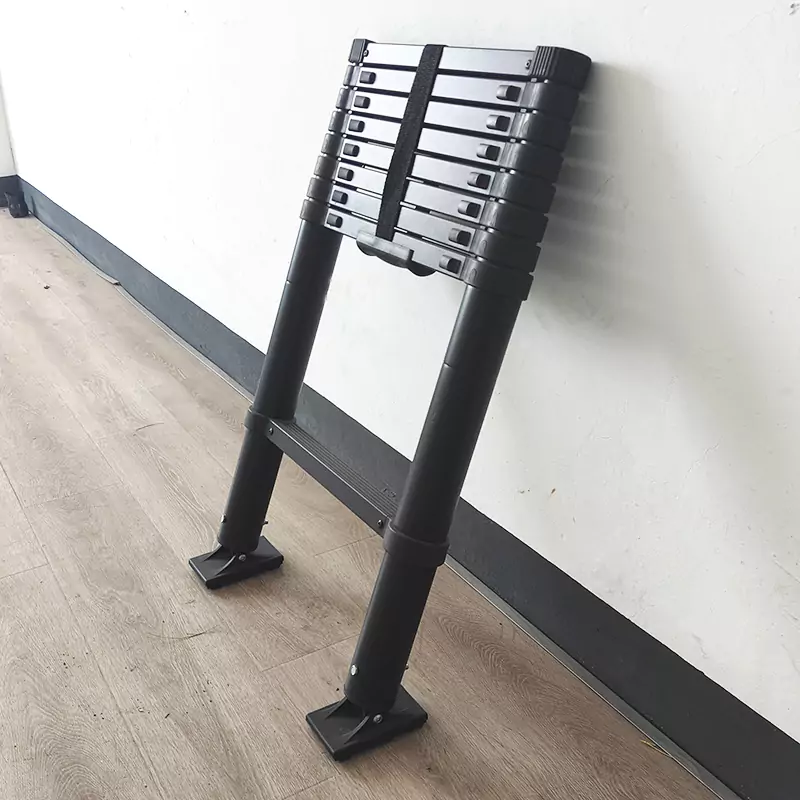
Material Composition and Its Impact on Performance
The stuff a ladder’s made of matters a lot. It affects how long it lasts, how it performs, and what jobs it’s good for. The main materials—aluminum, fiberglass, and steel—each have their own perks.
Comparing Aluminum, Fiberglass, and Steel Ladders
Aluminum ladders are light and don’t rust easily. They’re great for jobs where you move the ladder a lot or carry it around. But they conduct electricity, so steer clear near live wires. Fiberglass ladders don’t conduct electricity, making them perfect for electrical work or outdoor jobs. They’re tough too. Steel ladders are super strong but heavy. They’re best for heavy-duty industrial tasks.
Step and extension ladders come in aluminum or fiberglass. Each material has ups and downs, depending on your job.
Corrosion Resistance and Environmental Suitability
The material you pick affects how well a ladder holds up in different conditions. Aluminum fights rust but can oxidize over time. Fiberglass is awesome in wet or harsh environments but might fade under constant sun if not coated right. Steel needs paint or treatment to avoid rust, so it’s not great outdoors unless specially made.
JADDUO’s Material Engineering Standards
Looking for a ladder that balances weight, strength, and toughness? Check out JADDUO’s range. They use top-notch materials like reinforced fiberglass and aircraft-grade aluminum alloys. This keeps their ladders strong yet easy to carry. Whether you’re a contractor on rooftops or a technician near high-voltage lines, JADDUO builds with safety in mind.
Load Capacity and Duty Ratings
After picking the material, you need to check how much weight the ladder can handle safely.
ANSI Duty Ratings and Weight Classifications
Duty rating tells you how much weight a ladder can hold, including you and your gear. Ratings go from Type III (light-duty, 200 lbs) to Type IAA (extra heavy-duty, 375 lbs). This covers your body weight plus any tools or stuff you’re carrying.
Some folks climb a ladder thinking their body weight is fine but forget about heavy tools. That’s a mistake.
Matching Load Requirements to Job Demands
For home tasks like painting or swapping light bulbs, Type II or III ladders work fine. But construction workers or electricians with heavy gear need Type I or higher to avoid the ladder breaking.
JADDUO Product Recommendations Based on Load Capacity
JADDUO’s lineup covers all ANSI ratings—from light step stools for home use to tough Type IAA platforms for pros. Their Multi-Purpose Folding Ladder is super handy for workers needing height and strength without switching ladders mid-job.
Ladder Configuration and Structural Design
The type of ladder you pick changes how safely and easily you get your work done.
Differences Between Step Ladders, Extension Ladders, and Multi-Position Ladders
Step ladders stand on their own and have fixed heights. They’re great for steady tasks. Extension ladders let you adjust the height and store more easily. They’re perfect when you need different reaches but must be leaned at the right angle for safety. Multi-position ladders do both—they switch into A-frame, extension, or 90-degree setups, making them awesome for varied job sites.
Stability Features: Base Width, Footing, and Center of Gravity
Stability comes from a wide base and anti-slip feet that stop wobbling on uneven ground. A low center of gravity keeps you balanced while climbing. Always check rivets or welds before use: make sure all four legs are level and look for loose or cracked parts.
How JADDUO Designs for Versatility and Safety
JADDUO adds wide bases with rubber feet to most models for grip on slick surfaces. Their multi-position ladders have dual-locking hinges that click when secure. Test joints for smooth locking and listen for that “click” sound.
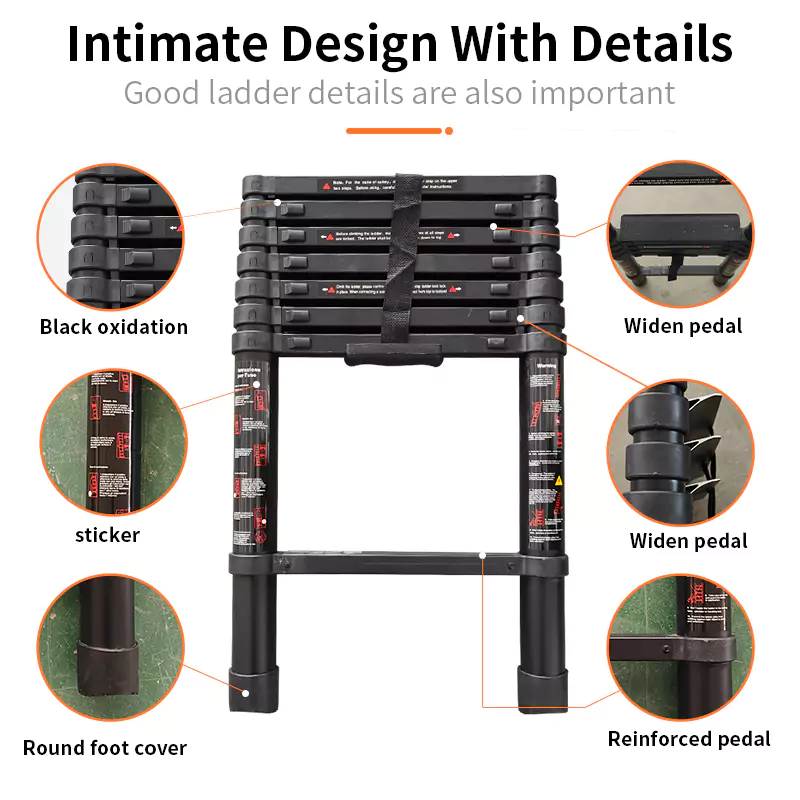
Height Requirements and Reach Calculations
A big mistake is picking a ladder just by its full length instead of the height you can actually use.
Determining the Correct Ladder Height for Tasks
Ladders split into A-frame and straight types, and size depends on your job. Follow these rules for safe standing:
- A-frame ladders: Stand on the third rung from the top. Pick a ladder 1 meter shorter than your work height.
- Straight ladders: Stand on the fourth rung from the top. Choose a ladder 0.7 meters shorter than your work height.
These tips stop you from overreaching. Keep your body centered between the rails.
Importance of Working Height vs. Ladder Length
Always account for overlap in extension ladders or the 75-degree angle for straight ones. Set straight ladders at a 1:4 ratio (1 foot out for every 4 feet up) to avoid slipping.
JADDUO’s Height Options Across Product Lines
Whether you’re trimming bushes at 2 meters or installing fixtures at 5 meters, JADDUO has options for every task. Their clear charts show max reach per model, so you pick right every time.
Safety Enhancements Integrated into Structural Design
Good ladders go beyond standards to prevent accidents before they start.
Slip-Resistant Steps and Rungs
Pro-grade ladders need anti-slip treads on steps or rungs. This is super important for outdoor work or when carrying tools up high.
Locking Mechanisms and Bracing Systems
Look for double-lock braces that keep the frame steady while you climb. Check telescopic ropes for smooth gliding and hooks for no wear. These cut down on bounce under weight.
JADDUO’s Approach to Exceeding Safety Standards
JADDUO goes beyond ANSI/OSHA rules. They add tool trays to lighten hand loads, braced bottom steps to stop kick-outs, and insulated rails for electrical work. Check insulated ladders for bubbles or scratches on the surface.
Portability, Storage, and Ease of Use
Even great ladders are a hassle if they’re too bulky to move between jobs.
Folding Mechanisms and Compact Storage Solutions
Multi-position ladders shine here. They fold down small but offer different setups on-site. Quick-release hinges make switching modes easy without losing safety locks.
Weight-to-Strength Ratio Considerations for Transport
Aluminum ladders win for being light yet strong—perfect for moving between service calls or up stairs.
JADDUO’s Lightweight Innovations for Professional Use
JADDUO uses aerospace-inspired alloys and adds ergonomic handles to side rails. This makes moving easy without cutting performance.
Compatibility with Job-Specific Applications
No ladder fits every job. Matching the right type to your work boosts productivity and safety.
Electrical Work, Construction, Maintenance, and Industrial Use Cases
Electricians need fiberglass for insulation. Warehouse workers want rolling platforms. Painters like wide-top step ladders with tray space. Landscapers pick tripod models for uneven ground.
Selecting the Right Ladder Type for Specialized Environments
Match the ladder to your work’s hazards:
- Wet areas → fiberglass
- Tight indoor spaces → folding A-frame
- High outdoor jobs → telescoping extensions with stabilizers
- Electrical zones → insulated rails only (check for surface bubbles or scratches)
Tailored Solutions from the JADDUO Product Range
From attic ladders to heavy-duty warehouse platforms, JADDUO’s catalog has options built for specific trades, all designed with real-world use in mind.
FAQ
Q1: What duty rating should I pick if I’m carrying heavy tools?
A1: Go for at least Type I (250 lbs). This covers your weight plus tools. Some folks forget their gear adds weight, which can be risky.
Q2: How do I figure out safe reach height for an A-frame ladder?
A2: Max reach = (Ladder Height – 2×Rung Spacing) × 0.95 + (Your Height × 1.2). Never stand on the top two rungs!
Q3: Can aluminum ladders be used around electricity?
A3: Nope—they conduct electricity. Use fiberglass instead. Step and extension ladders come in aluminum or fiberglass, so pick based on your job.

